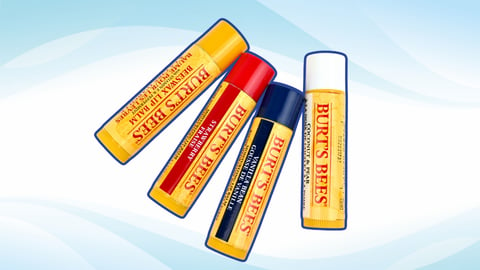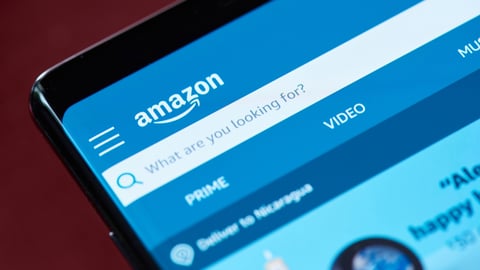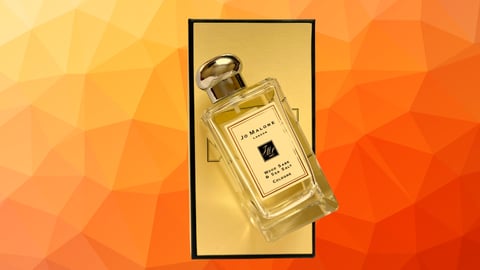Premium Hair Products Thriving Online: Circana
Most prestige hair sales are occurring online, and the trend has no indication of slowing.
That’s according to the latest data from Circana, which reported overall prestige hair product dollar sales up 10% this year, fueled by premiumization.
In fact, average prices for hair products above $30 grew 3x the rate of lower-priced items, now accounting for one-quarter of category unit sales. This is up from 15% three years ago.
The prestige hair market is the only beauty category with the majority of sales happening online, noted the research firm. E-commerce sales grew 15% for this segment, with styling and treatment among the fastest growing areas.
Larissa Jensen, global beauty industry advisor at Circana, pointed to the beauty industry's accelerated bifurcation as prestige continues to grow strongly vs. mass market.
“Within prestige, drivers of growth point to a similar pattern, indicative of a consumer who is seeking elevated value,” she said in a statement. “Optimizing these opportunities will vary as consumers’ approach to beauty spending differs by demographic — from attitudes and usage, to purchase influencers and shopping preferences.”
Beauty CPGs Moving Online
While premium hair products may still be a bit of an outlier when it comes to e-commerce domination, more beauty giants are making their premium products available on Amazon as part of their quest to be wherever their consumers are.
L'Oréal, which has brought its brands to Amazon in a phased approach, has recorded market share gains thanks to its decision to partner directly with Amazon, according to L’Oréal leaders. The most recent brand to join Amazon is Kiehl’s.
Do you have a question about consumer goods trends? Sign up for a new kind of insider access with CGT's texting community. Let us know what you’re interested in, and send your questions right to Lisa Johnston for 1:1 requests. Texts arrive twice a week. Learn more or sign up below.
Most of the company’s brands were already sold on Amazon on gray markets, noted L’Oréal CEO Nicolas Hieronimus in an earnings call last month. Selling directly on the platform enables them to control brand image and reduce the risk of undermining long-term value.
“It's also an environment where big brands like Lancôme can express themselves probably better than in a very cluttered Sephora environment, for example, which is more the home of indie brands,” he added.
Beauty Market Takeaways
The overall U.S. prestige beauty market grew by 8% to $15.3 billion in the first half of this year, according to Circana. Beauty sales at mass merchants were flat, at $30.4 billion.
Among the highlights for the period:
- Prestige skincare is the fastest-growing beauty category based on units sold. Dollar sales increased by 7%.
- Fragrance is the fastest-growing prestige beauty category based on dollar sales, growing 12% year-over-year. Both ends of the price spectrum are recording growth.
- Mini is big: Mini- and travel-sized fragrance products grew at double the rate compared to the overall fragrance category.
- Makeup is still the largest prestige category; sales grew 5%.
- Consumer spending on prestige body products grew 25%; there are 17% more buyers in this market vs. last year.
- Younger consumers are flocking toward private-label fragrances: These brands grew more than 50%, many of which are viewed as affordable dupes, per Circana.






